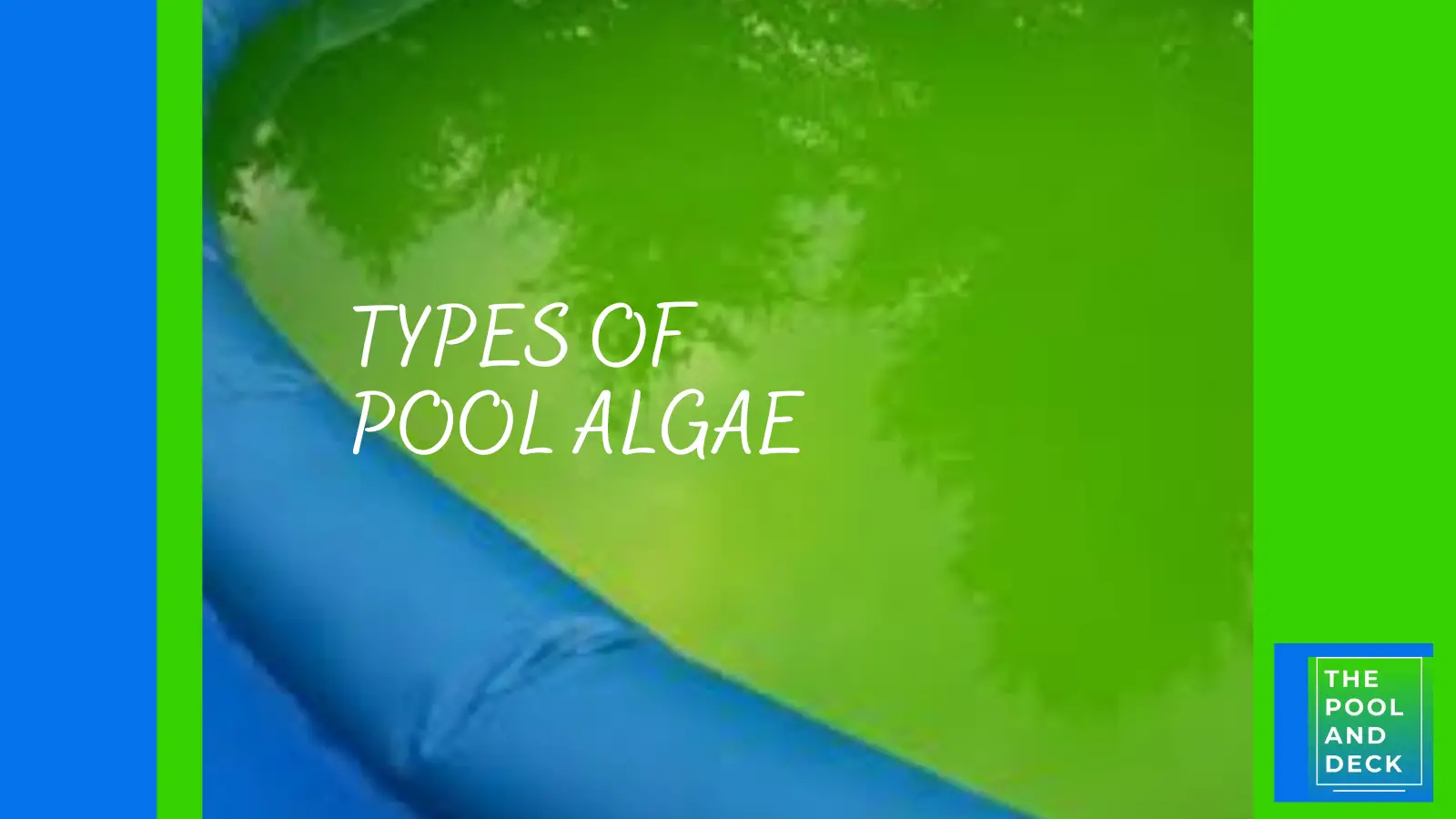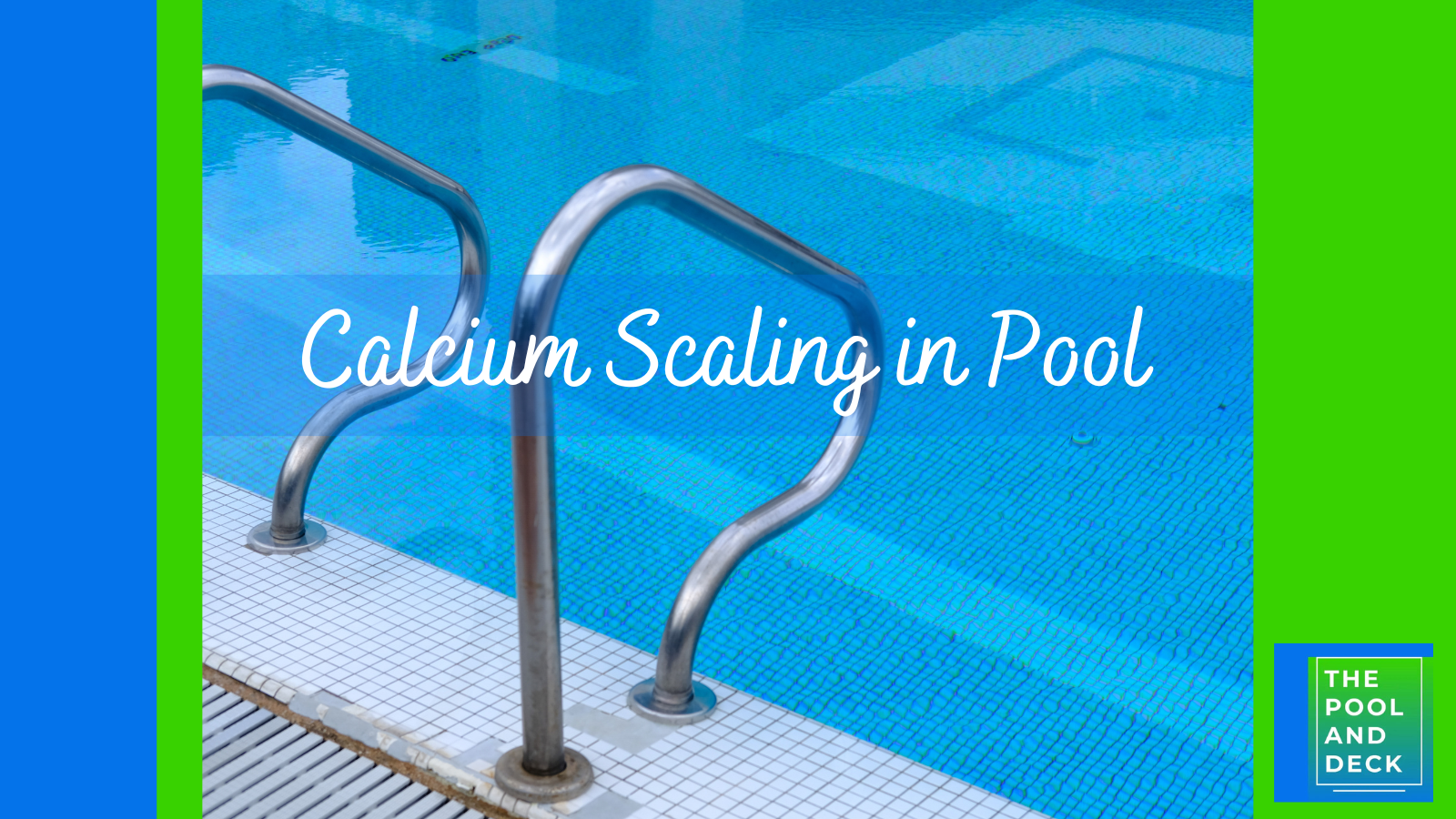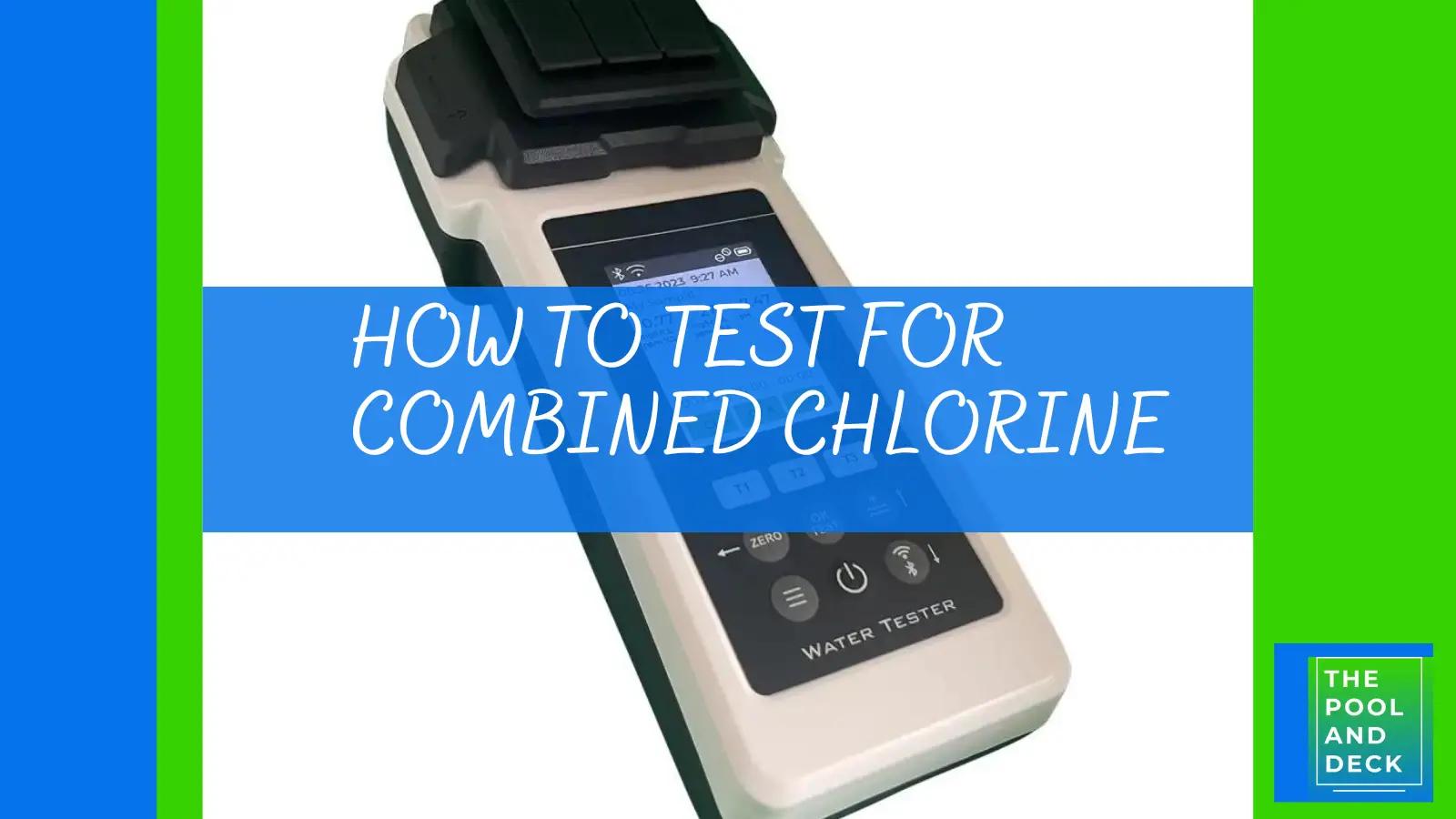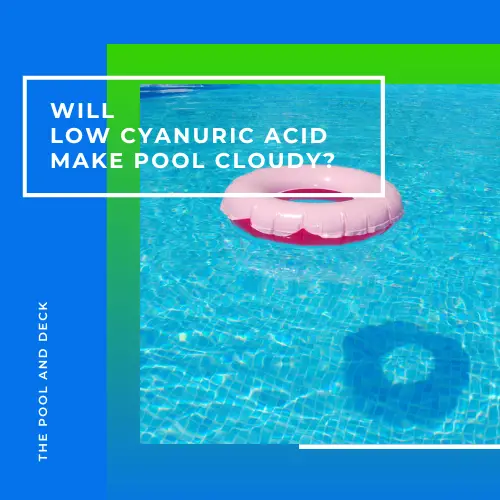High Phosphate in Pool: Cause, Effect & Solution!
As an Amazon Associate, I earn from qualifying purchases.
High phosphate in pool should be a major concern for pool owners, as it can lead to a myriad of issues affecting water quality and pool maintenance. Phosphates, present in lawn fertilizers, organic debris, etc. can enter your pool.
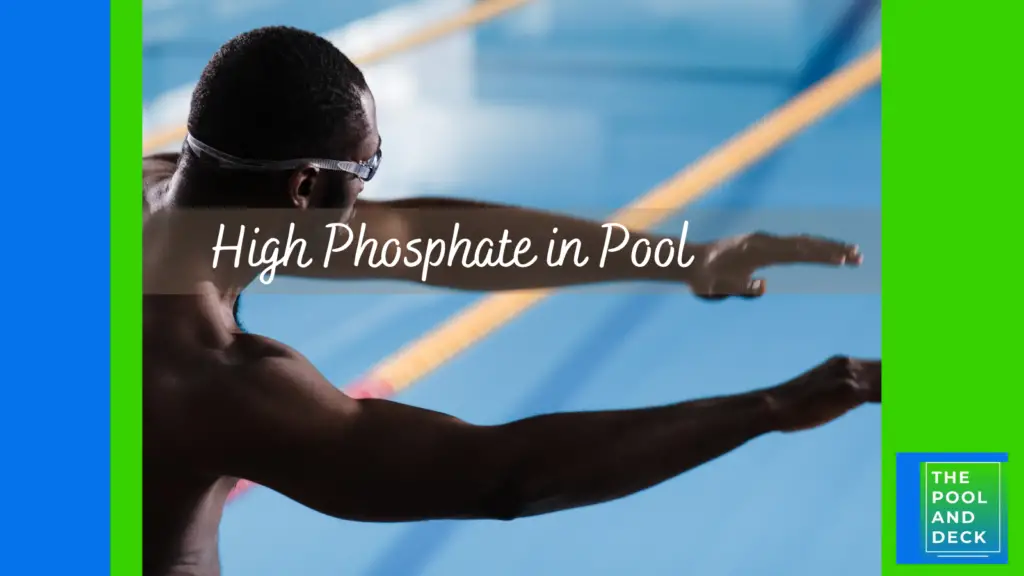
Phosphates, by themselves, are harmless but they are food for algae. High phosphate levels can therefore trigger unsightly algae blooms, increased chlorine demand, and compromised water clarity, making swimming unhygienic and unsafe.
To address high phosphate in pool, you need to understand and implement effective phosphate management strategies. This typically involves a two pronged attack; removal and prevention.
In this post I explain everything so that you have a good solution to the issue of high phosphate in pool. Let’s get going!
Table of Contents
What Are Phosphates?
Phosphates are compounds of the element phosphorus. It is widely present in common products such as fertilizers, detergents, and organic debris. When these substances find their way into your pool, they may result in high phosphate in pool.
Phosphates exist in three forms: orthophosphate, metaphosphate (or polyphosphate) and organically-bound phosphate;
KnowYourH2O
The most common phosphates found in swimming pools are orthophosphates, which include compounds like monosodium phosphate, disodium phosphate, and trisodium phosphate.
The Detrimental Effects of High Phosphate in Pool
Orthophosphates are a nutrient source for algae and actively contribute to algae growth and bloom formation in pool water. Therefore, controlling orthophosphate levels is crucial for maintaining clear and algae-free pool water.
High phosphate in pool is sure to have a detrimental effects on its overall quality and cleanliness. Formation of unsightly algae blooms, causing the water to become cloudy and uninviting for swimming is a highly probable when you have high phosphate levels in your pool.
An increase in algae in the pool will result in increased chlorine demand. As algae thrive in phosphate-rich environments, they consume more chlorine, leaving less available to effectively sanitize the water.
Increasing chlorine dosage will increase the pool maintenance cost. But not doing so will result in inadequate chlorine levels, poor pool sanitation and a growth in bacteria, pathogens and other contaminants.
In essence high phosphate in pool can be the leading cause for:
- Increase in algae and risk of algae bloom
- Cloudy, dull pool water
- Unsanitary pool water teeming with bacteria & pathogens
- High health risks to swimmers.
No doubt, it’s important to monitor and manage phosphate levels in your pool regularly.
What is High Phosphate in Pool?
Phosphate is not a pool chemical like chlorine or cyanuric acid that you add and try to maintain within a range. Phosphates enter your pool uninvited and will stay there till the algae eat it up or you remove it.
The best level for phosphate in pool is NIL, but that is not possible in reality. A level of 100 – 150 ppb (parts per billion) is acceptable. You should be concerned if it goes beyond 500 ppb.
Standard pool test kits do not test for phosphates. For example Taylor K-2005 Complete DPD 9-in-1 Test Kit tests 9 parameters including free & total chlorine, bromine, pH, total alkalinity, total hardness, and cyanuric acid (CYA) levels, but not phosphates.
So you need to use special phosphate test kits. I recommend using Taylor K-1106 Test Kit Phosphate.
Recommended Phosphate Test Kit
Taylor K-1106 Test Kit Phosphate
The Taylor K-1106, Water Testing Kit includes everything you need to keep your pool or spa beautiful and safe for swimmers. This water test kit quickly and accurately measures Phosphate levels.
To ensure your pool stays clean and algae-free, make sure to test for phosphate levels in the pool water, twice a week. Testing for phosphates is a simple process that you can easily do using the above phosphate testing kit.
Managing Pool Phosphate Level
When it comes to managing phosphate levels in your pool, there are just two effective strategies you can employ.
Use a Phosphate Remover
The first strategy is to use phosphate-reducing products specifically designed to lower phosphate concentrations in pool water. These products work by binding to phosphates, effectively removing them from the water and preventing algae growth.
When it comes to reducing high phosphate in pool you can opt for a homemade phosphate remover or a commercial phosphate remover. Each as its pros and cons.
| HOMEMADE | COMMERCIAL | |
|---|---|---|
| PROS | Really Cheap Easily Accessible Simple to Use |
Effective Convenient to Use |
| CONS | Not Very Effective | Moderately Toxic Ingredients Negates Effects of Metal Sequestrants |
I recommend using
Natural Chemistry Pool Perfect + Phosfree
Natural Chemistry Pool Perfect + Phosfree
- Add weekly to maintain near zero phosphate levels
- Cleans waterline and filer
- SMARTZyme technology reduces frequency of filter cleaning and scrubbing scum lines
Preventing Ingress of Phosphates
The second strategy is to prevent phosphates from entering your pool to the extent possible.
Here are some effective ways:
- Be Mindful of Fertilizers: Avoid using phosphate-containing fertilizers near the pool area.
- Regular Pool Cleaning: Remove leaves, grass clippings, and other organic debris promptly. Regular skimming and cleaning prevent these materials from decomposing and releasing phosphates.
- Choose Phosphate-Free Cleaning Products: When cleaning pool decks or surrounding areas, select cleaning products that are phosphate-free to avoid introducing phosphates into the pool water.
- Mindful Landscaping: Position landscaping elements strategically, for example, avoid plants or trees that shed leaves excessively close to the pool.
- Use Phosphate-Free Pool Chemicals: Check product labels to ensure they do not contribute to phosphate buildup.
- Install a Pool Cover: Using a pool cover when the pool is not in use prevents debris from entering and decomposing in the water.
- Install Pool Enclosure: Mesh or glass pool enclosure will not only make your pool child & pet safe, it will also prevent dry leaves and lawn debris from getting into the pool.
Thank you very much for reading the post. I do hope you found it informative and helpful.



